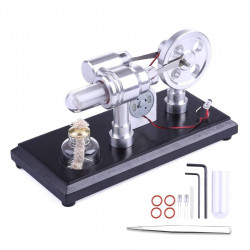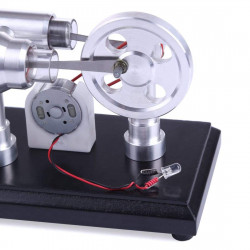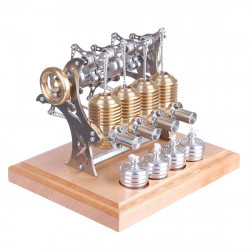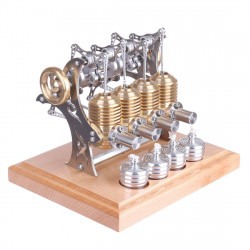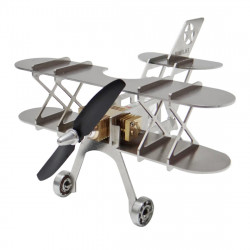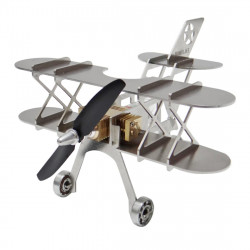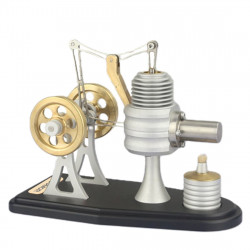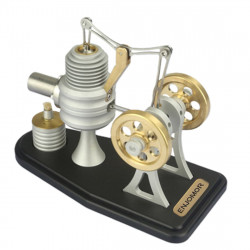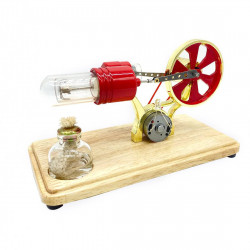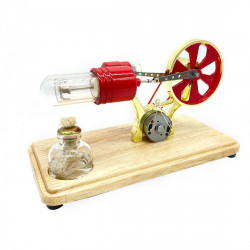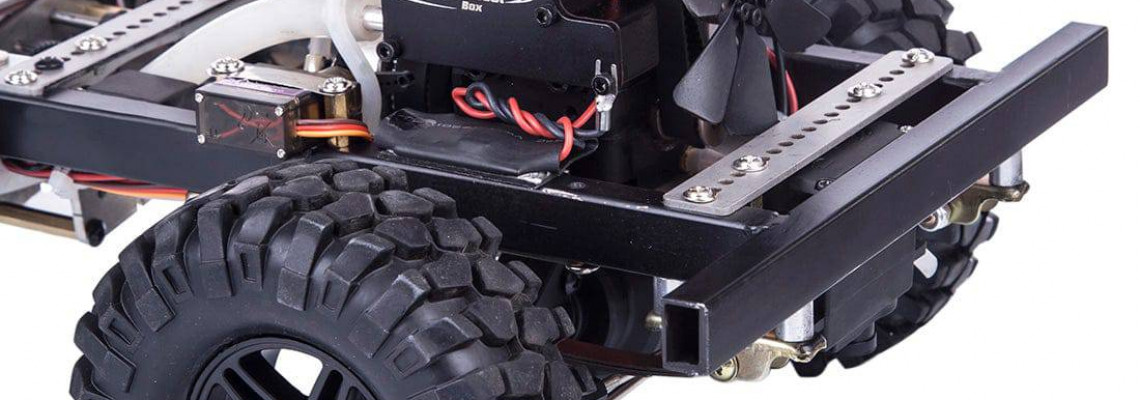
Having Winter Fun with your RC Truck, Buggy, Airplane -- Some Winter Operating Tips
You don't have to put off enjoying RC for four or five months because winter is a great season to play with your RC truck, buggy, Airplane, etc. For people who reside in snowy areas, snow and ice can provide your RC product with some intriguing new applications. There are several ways to enjoy winter RC.
Building your own RC track by constructing ramps, turns, and hills out of snow. Simply moving and shaping the snow will allow you to improve and change your track until you have the kind of track that offers the challenge you like.
For RC rock crawlers, snow heaps made in shopping mall parking lots or after a snow plough passes through your street can be challenging courses.
Any RC vehicle can drive like a drift car on smooth ice on a lake that has had the snow removed, giving you the opportunity to experience this somewhat unusual racing style.
Before competing on the ice, some enthusiasts build their ice tires by driving screws through them to produce spikes.
Additionally, you may use the ice as a runway to fly your remote-controlled aircraft.
Pulling infants on sleds
Putting a plough on an RC vehicle and ploughing snow with your RC.
Winter Prep and Precautions
Winter driving of an RC car, buggy, or truck does necessitate some planning and safety measures. Extreme cold can be detrimental to your RC, so you should avoid driving it in such conditions:
Parts made of plastic will be more fragile.
Severe cold will thicken the oils and grease in shocks, differentials, and other lubricated areas. It may even thicken nitro fuel.
Nitro engines are operating too coolly.
In colder climates, batteries lose their strength.
Due to the lack of give in frozen ground, driving over bumps is similar to driving over rocks and is more likely to cause damage depending on how quickly you hit them.
Waiting for a warmer day is advised if you are breaking into a nitro-gas engine. Extremely cold temperatures can negatively affect the break-in procedure and reduce engine longevity.
You can take many steps to help your remote-controlled car or truck withstand the cold:
Apply WD-40 to all metal components and screws.
Any electrical parts that aren't waterproof must be shielded from moisture. If your receiver is exposed, we advise you to zip-tie the end where the wires emerge and put it inside a balloon or tiny freezer bag. Brushed motors with ventilation holes can tolerate some moisture.
To keep a nitro motor working at about 200 degrees Fahrenheit, you should wrap a piece of fabric or tin foil across all or a portion of the cooling fins.
If metal upgrade components are available, think about using them to replace broken plastic parts.
When you're done, make sure your car is thoroughly cleaned and dried. An air compressor is a great tool for this. Additionally, make sure that every electrical connection is dry.
Other Winter Tips:
Limit the amount of time you leave your car outside and try to keep it at normal temperature. Before you start, you can also warm up your vehicle with a heat gun or hair dryer.
Make sure the car's body is always on, and consider taping up any openings in the body to reduce the amount of snow and cold air that enters.
Because your car is more likely to get damaged in the cold, drive carefully.
Steer clear of highly soft or deep snow, water, and extremely rough, bumpy terrain.
Additionally, since indoor RC courses can be very fun, you might want to check if there are any nearby.
